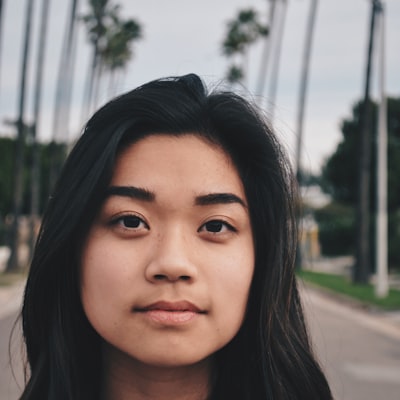Alternative Therapies and Osteopathy

Massage therapy is a relaxing , stress-relieving therapy that is favored by many. Massage therapy is used to relieve pain and promote healing. But not all massage is suitable for all kinds of injuries and conditions that may occur in the body. The following is an description of the various kinds of massage, as well as their specific purposes.
Craniosacral Therapy (also known by cranial osteopathy) is an alternative medicine that chiropractors, osteopaths and massage therapists often utilize in conjunction with other medical care. It promotes the use of gentle, gentle pressure on the neck, the scalp, and/or bones to treat ailments like migraines, headaches, shingles, sinus problems, TMJ, tendonitis, and many other. In a cranial-therapy session the masseuse will apply gentle pressure to the head and neck areas with their hands or a tool known as a craniomastoid. 출장마사지 believe that by applying pressure to these areas, it could stimulate the flow of "hum" or "bark" which is present in the body. The theory is that this "bark" is the source of pain below the top of the skull.
Another common alternative medicine technique is neuromuscular therapy, which can be utilized in conjunction with craniosacral therapies. Neuromuscular therapists believe that our nervous system controls the functions of all the organs of the body. They believe that the malfunction of any component of the nervous system could affect muscle function, which could cause an numbness, pain and weakness, as well as lack of concentration depression, anxiety and fatigue. Many neuromuscular therapists utilize therapeutic exercise techniques to "test" the nerve systems of the patient to determine if it is appropriate to treat the specific condition being addressed.
Another method employed in craniosacral therapy is called "traction". This technique is employed in craniosacral therapy to loosen muscle restrictions thought to be responsible for pain. During a compression reflex test, the practitioner applies increasing pressure on the muscle. The craniosacral practitioner tests the muscle's ability to relax when the pressure increases. The therapist releases the muscle after it has responded to pressure. As the nerve's pressure is relieved the muscle relaxes and patient experiences less pain.
Massage is among the most effective types of therapy that can be performed on patients who are experiencing numerous chronic health issues. If you have back issues, it is important to only perform this type of gentle bodywork once your physician has given you the green signal. It is crucial to remember that craniosacral therapy can only be administered to healthy patients with no medical conditions that could be causing the problem. Individuals with fractures, muscular spasms, herniated discs and other issues should not undergo this type of gentle treatment.

Research has demonstrated that chronic pain can be caused by a mix of physical, psychological, and environmental factors. By using the techniques of craniosacral therapies, practitioners can help patients suffering with chronic pain by strengthening the affected areas and releasing tension in the area. Deep manipulation of the tissues can be used to increase the mobility of areas that are stiff or restricted.
Massage is widely used to relieve anxiety, improve relaxation and boost mood. Massage is another popular alternative option for pain relief and better health. A good massage session can lower blood pressure, improve circulation and oxygenation, and also promote healthy lymphatic flow throughout the body. Regular massages employ rhythm, pressure and movement to encourage healing. Massage improves circulation, mobility, flexibility as well as flexibility, mobility, and decreases inflammation.
According to the American Osteopathic Association, craniosacral therapy practitioners are the only health professionals who are experts in non-invasive complementary treatments and are accredited by the Accreditation council for Chiropractic Physical Education. Certain states require that certified craniosacral therapists have an authorization. It is crucial to remember that osteopaths don't provide treatment for therapeutic reasons and don't refer their patients to other health professionals. To ensure that you receive the correct diagnosis and treatment it is essential that you consult with an authorized physician prior to receiving any treatment.
